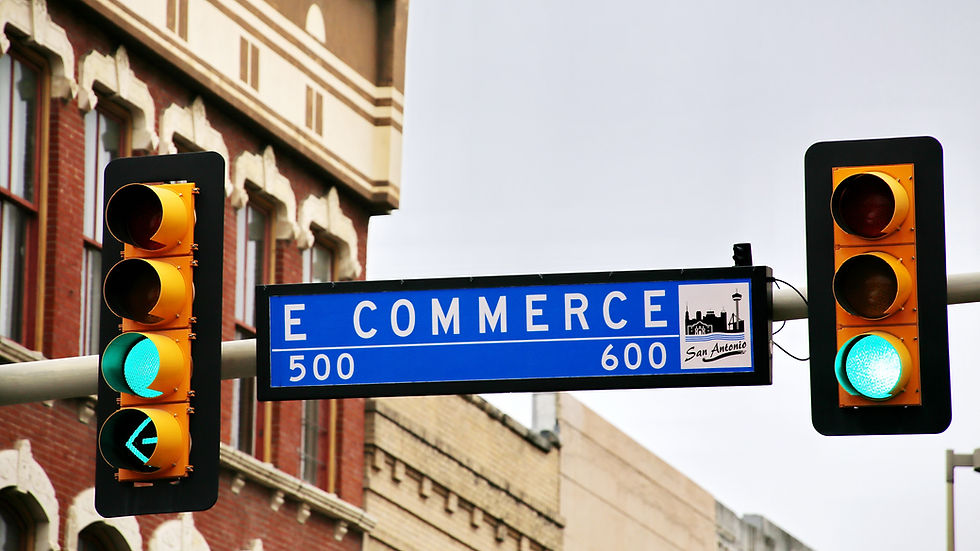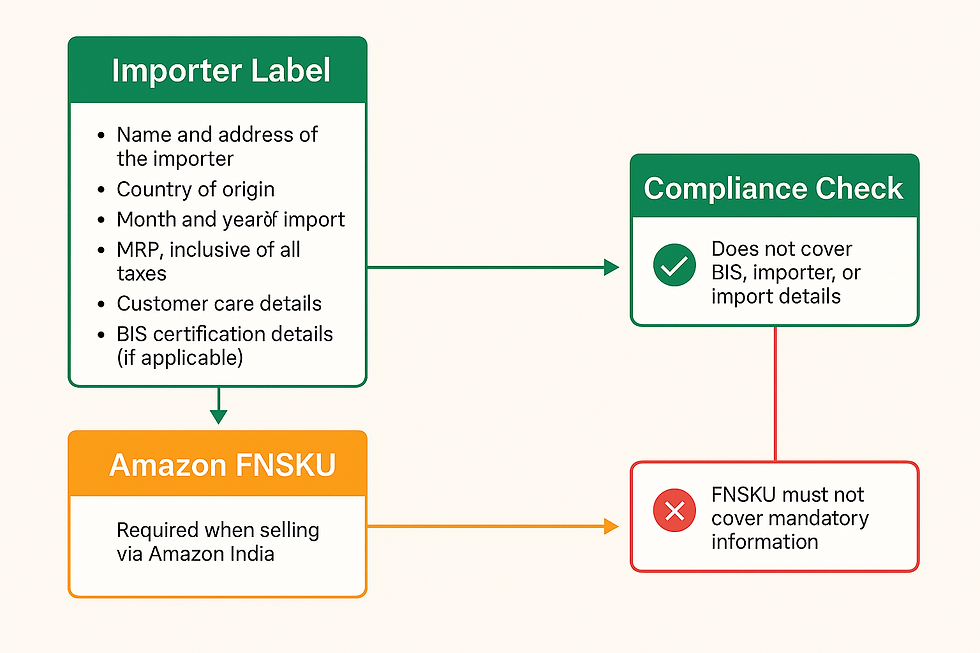How a Singapore based company or entrepreneur can go about starting an ecommerce business
- Ajay Miglani

- Nov 27, 2020
- 5 min read
Updated: Jan 6, 2024
Singapore has the unique advantage of being well placed (in geographical terms) for any enterprise that wants to engage in ecommerce and cross border ecommerce.

With the ease of doing business and excellent trade facilitation and logistics infrastructure for import and export, Singapore provides a good choice for Singaporean entrepreneurs to get into the ecommerce business.
While the Singapore market itself may be small in terms of population, the purchasing power represented by this population is quite significant.
As a businessperson or a budding entrepreneur wishing to start an ecommerce business in Singapore you can consider the steps below:
1. Assess the local trends and get your finger on the pulse of what Singaporeans and expatriates living in Singapore are purchasing
2. Identify the segment that you want to focus on. This could be a whole range from IT peripherals to garden stuff to furniture to small appliances and so on
3. Give importance to product or categories that may have repeat purchase possibilities – The cost of customer acquisition in Singapore can be on the higher side and therefore having a range or a brand that enables consumers to buy the same product or similar products or related products from you on a regular basis would be advisable
4. Identify the source of your products and where you are going to procure them from. You can get international brands to sell through you or you could source unbranded or lesser known brands from countries like China, Vietnam, India, Thailand, Malaysia and Indonesia
5. Make your business plan factoring in all the possible costs and working capital requirements considering that supply of products would mostly be from overseas and would require lead times for resupply
6. Understand what you are passionate about and whether you have interest in the segment and products that you plan to sell. This will help you stay on top and maintain a competitive knowledge advantage with respect to your competitors
7. Identify the competitive landscape and price points of competing products
8. Understand which place you are going to sell on. It could be Lazada, Shopee, Amazon, Instagram, your own brand store and so on
9. Have a plan for cross border ecommerce right at the start. The reason for this is that once you develop expertise and knowledge about a particular product category, the way to expand horizontally would be to find and serve customers in multiple markets

In summary,
Singapore entrepreneurs need to work on all 5 P’s of the ecommerce business
1. Product – This includes identifying the segments, products, SKUs, pack sizes, product supply, purchase and inventory planning
2. Place – Understand where you are going to sell your products i.e. which platform – Your own brand store or a combination of online and offline
3. Packaging – Identify specific packaging that you may have to use for Singapore either for compliance or for better consumer offtake of your products. Packaging also covers aspects of ecommerce related packaging for shipment of goods within Singapore as well as to international consumers
4. Price – Price determination and margin calculation is the starting point of your business. You have to be careful about all the cost elements that go into ascertaining and setting your consumer selling price. Ecommerce consumers are used to getting deals and discounts and that definitely needs to be factored in advance. Add to it items like customs duties, warehousing cost, unsold inventory, marketing, team cost, operations cost, customer service cost, technology cost, packaging cost, delivery cost and more. Not to forget your own profit margin. Therefore product pricing is a very critical and a starting point to finalization of your merchandise that you plan to sell
5. Promotions – Listing on marketplaces does not ensure sales and creating an Instagram shop or a brand web store without traffic is of little use. Understand customer acquisition cost of different channels including paid search, Instagram and Facebook marketing, email marketing, display marketing, affiliate marketing and more. Factor in your customer acquisition cost to ensure that you run a profitable business. If you are operating a brand online store or setting up your own brand to be sold or be developed, you may be willing to invest in a customer acquisition cost that is recovered at a later date through future transactions. However, if you are selling third party products which are not your own brands and specially selling them on online marketplaces where you are not able to reach out to your buyers directly you should factor in the customer acquisition cost upfront into your consumer price
While evaluating the product mix and individual product lines and SKUS, you can create an evaluation matrix and a scoring model.
The scoring model could have your personal assessment of the line items and a score of 1 to 5 where 1 is the weakest and 5 is the strongest.
An example of some of the parameters that you may want to rank is as follows:
1. Is there a consumer need for these products
2. Are the products relevant to the target audience that you have in mind
3. Are you passionate and knowledgeable about the category
4. Does it require a lot of working capital
5. How competitive is the marketplace
6. Is there a need for additional cost like after sales service and warranty management
7. Does the product have adequate potential customers i.e. is it niche or more broad based
8. What is the ratio of sourcing cost to selling price
The above are a few parameters that you can assess each items or SKU with and based on the final rating, you could evaluate and cherry pick the products that have the highest score with the assumption that you will be more successful selling those products rather than others in the same basket.
For your product sourcing one good option is to setup a relationship with a sourcing partner in a manufacturing country like China. While you can get a lot of products on platforms like 1688.com you still need to have a China based sourcing representative who will coordinate getting samples and buying small quantities and arranging shipment to you fulfillment center in Singapore
After you have made your strategic plan with the above inputs, you can get into the 4 T's
Team
Technology
Timelines
Targets
Summary
The above serves as a guide for Singapore entrepreneurs to be able to make the right decision before stepping into this business.
An important aspect of commerce is to keep operating cost at the bare minimum and have a wide gap between your sourcing price and selling price. These two factors can make or break your ecommerce business.
If you would like any guidance on how to setup or enhance your ecommerce business as an entrepreneur in Singapore, please do write to ajay@tigerpug.com or WhatsApp +6583886673 for a free consultation




